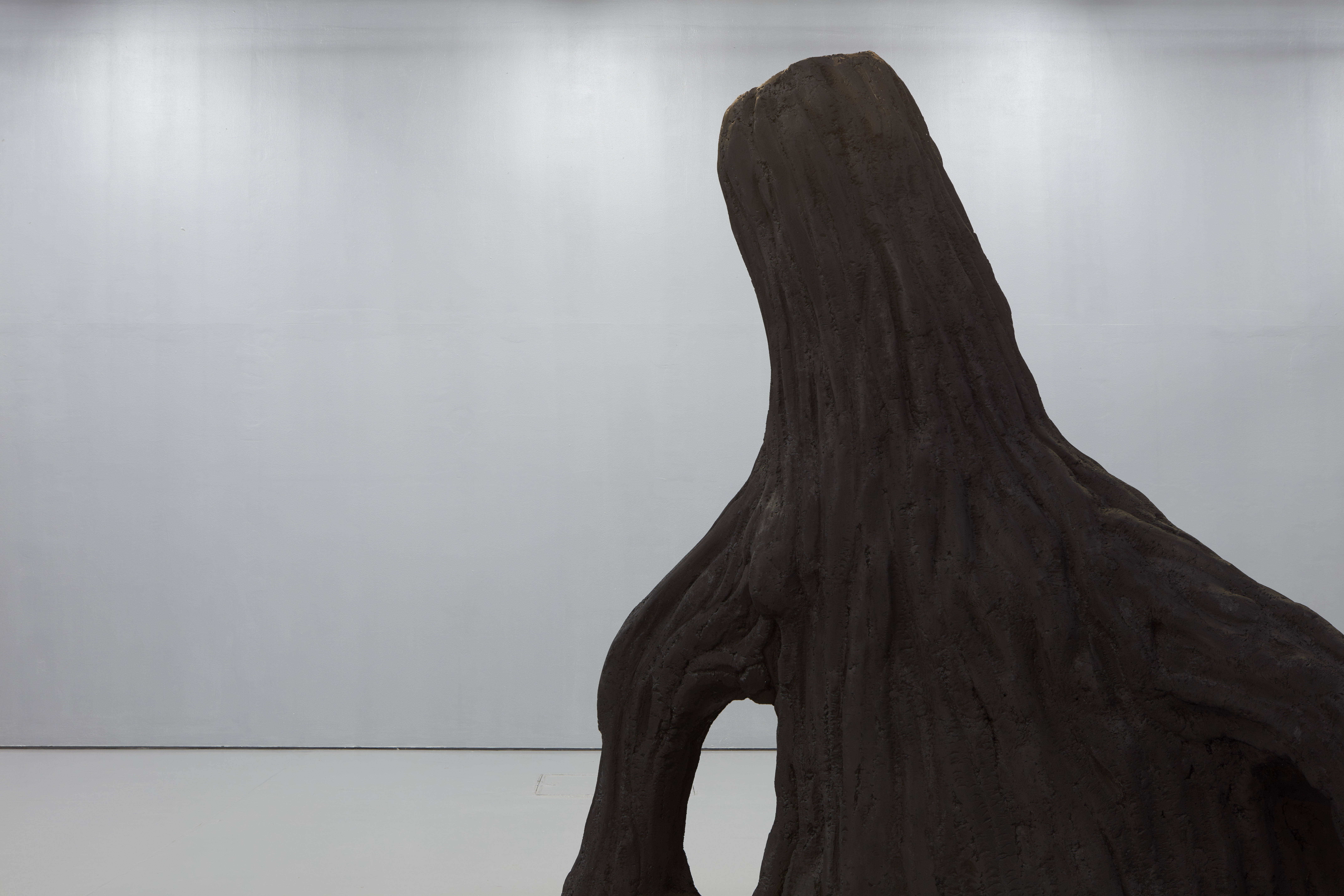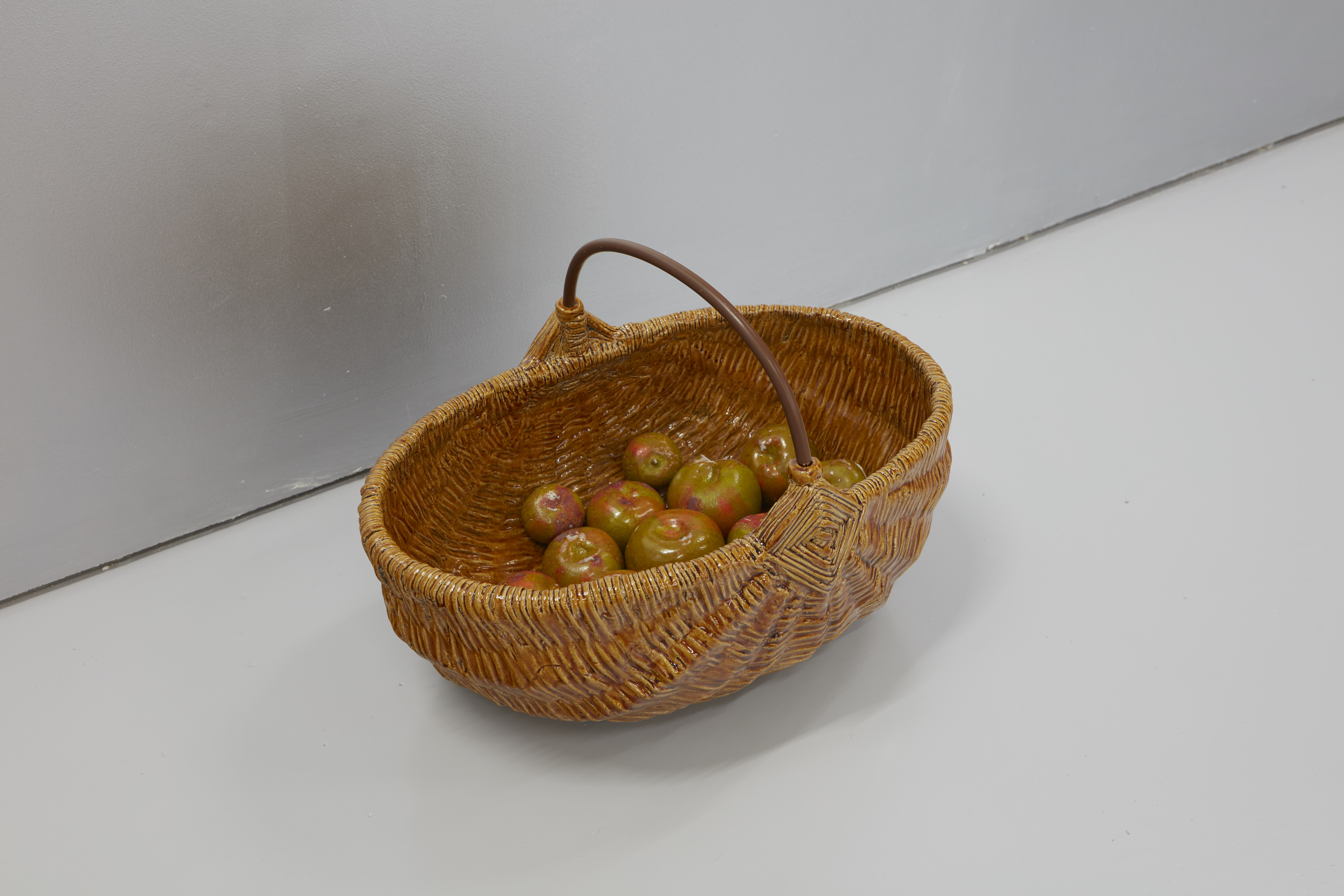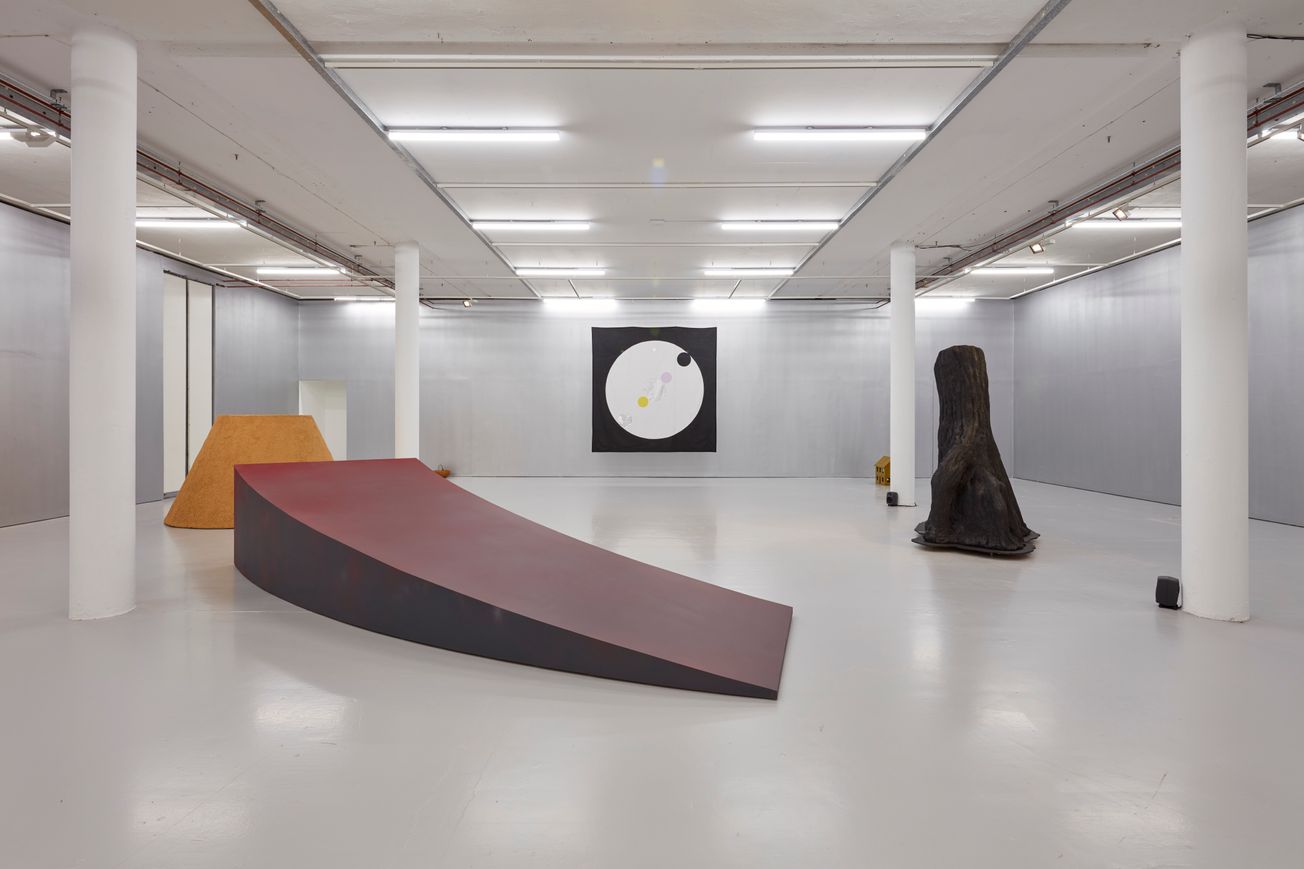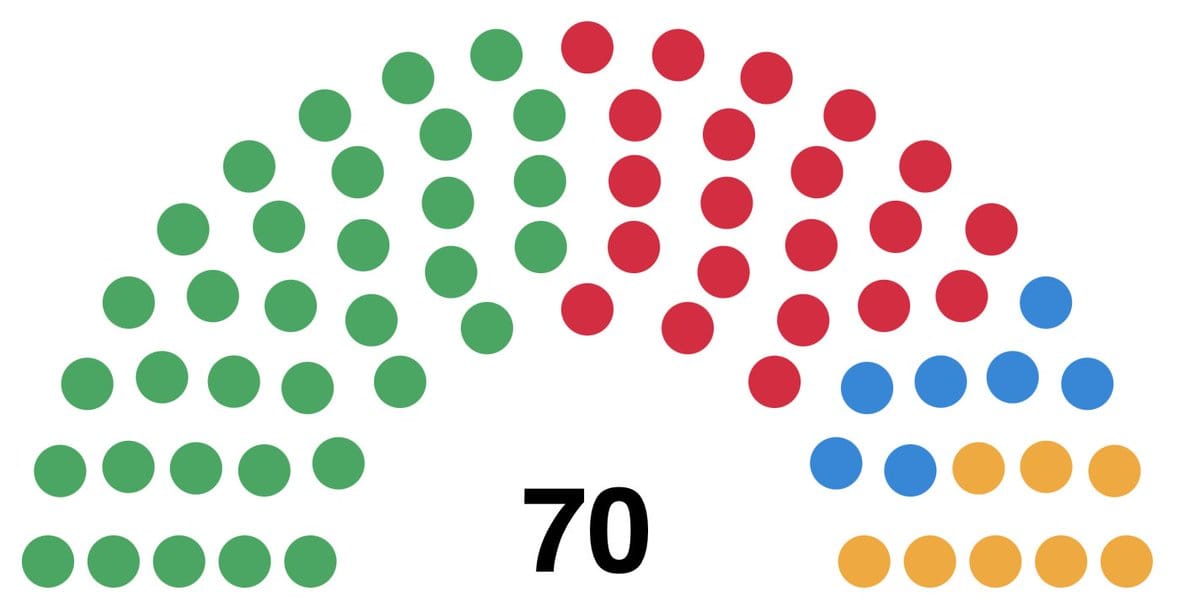By Charles Harrison, MA Global Political Economy
Charles Harrison reviews the charged, eerie and 'undoubtedly impressive' exhibition.
The Blazing World presents a fascinating exploration of witches and their relationship to the oppression of women. The exhibition is the latest development in Mai Thu Perret's The Crystal Frontier project, which chronicles a fictional group of women self-exiled in the interest of creating a feminist utopian society. While a little inconsistent in the imagination used to bring these ideas to life, and occasionally obtuse in its presentation, The Blazing World is an at times strangely beautiful, at times deeply symbolic, representation of the life of a witch.

Mai-Thu Perret Superpotent (2019) (detail) Installation view, The Blazing World, Spike Island, Bristol. Works courtesy the artist and Simon Lee Gallery. Photograph by Max McClure.
The most distinctive exhibit is the model of the lower half of a burned tree, one of three works which make up Superpotent, the exhibition's centrepiece. The tree's most obvious use is in the creation of atmosphere; it twists strangely and unnaturally, and leers over the viewer, at once creating a sense of unease (a sense compounded by the sparseness of the exhibition), and putting the audience in mind of the kind of unkempt wilderness traditionally associated with witches.
"the tree twists strangely and unnaturally, and leers over the viewer"
However, the thematic purpose of the tree becomes apparent when we consider the link between the tree and fertility, an interpretation given weight by the shape of the tree, which mimics the shape of ovaries. This idea of fertility as central to woman's perceived purpose is a key consequence of female oppression under capitalism. This concept is highlighted by the work's name, "Superpotent", which suggests that fertility is the super power of women; it is also reflected in the other works, such as Mirror Logic - a depiction of the moon cycle which watches over the exhibition - and the domesticity implied by fertility in the nearby ceramic doll's house, titled A Magnetizer.

Mai-Thu Perret Superpotent (2019) (detail) Installation view, The Blazing World, Spike Island, Bristol. Work courtesy the artist and Simon Lee Gallery. Photograph by Max McClure.
Women who did not meet society's requirements have long been officially demonised. For example, midwives, if they were unsuccessful in delivering a baby, were declared witches. The Blazing World reflects this: the tree is burnt and twisted; the doll's house is unsettlingly empty and facing away from the other exhibits; the moon cycle is crudely drawn and difficult to decipher. Finally, the sparse presentation of these exhibits brings together this perversion of the otherwise beautiful nature of fertility. The idea of the performativity of women is also echoed by a collection of ceramic masks which watch over the whole exhibition.
'Escape the Brexit Blues with the Artist Mixing Fairy Tales, Zen Gardens, and Feminist Separatism' An interview with our exhibiting artist Mai-Thu Perret in @garage_magazine >>> https://t.co/OAPfLEcMt8 #TheBlazingWorld #maithuperret pic.twitter.com/vqzLDVXqA8
— Spike Island (@_SpikeIsland) January 28, 2019
The use of ceramics is common throughout Perret's work, and this remains true for The Blazing World. Ceramic is especially distinctive as a material due to the use of fire in the process of its creation. This implies a very literal transformation, and is especially distinctive here as all the ceramic works are indicative of an archaic perception of female purpose in society - the basket of apples as a gatherer, the doll's house as a domestic mother - while the masks encourage us to see these works as performative.

Mai-Thu Perret A Magnetizer (2019) Installation view, The Blazing World (2019) Spike Island, Bristol. Works courtesy the artist and Simon Lee Gallery. Photograph by Max McClure.
Through the introduction into capitalist society, then, women are transformed and reduced to these purposes. These ceramic pieces also carry with them fairy-tale connotations, specifically fairy-tales in which witches are the villains for their disruption of traditional capitalist ideals. The doll's house is reminiscent of Hansel and Gretel, where the witch undermines domestic stability, while the apples are reminiscent of Snow White, where the witch disrupts a heteronormative, traditional pairing. Finally, a disembodied voice haunts the installation with strangely structured poems, read as incantations and inspired by feminist interpretations of witches.
"a disembodied voice haunts the installation"
However, The Blazing World is not perfect. I would argue that the imagination and depth of the symbolism that is in abundance in the doll's house and the burned tree is not consistent throughout. For instance, the masks, which are a rather crude and even clichéd metaphor for performativity, are presented with little creativity. They are simply there, neither inviting nor allowing much interpretation beyond the obvious. Furthermore, the sheer sparseness of the layout is only somewhat effective in communicating unease and uncertainty, and leaves the viewer struggling to shake the feeling that this is a thrown together collection of symbols, rather than a well-structured piece. It feels possible that the sparseness is not a deliberate choice so much as a symptom of having too much space for the relevant works.

Mai-Thu Perret Abnormally avid (2019) Installation view, The Blazing World, Spike Island, Bristol. Works courtesy the artist and Simon Lee Gallery. Photograph by Max McClure.
While the symbols are well-chosen and oddly beautiful, I couldn't help but feel that the exhibition simply dumps them in front of the audience, rather than inviting them to explore in a manner structured to achieve a certain effect. This, however, I am willing to chalk up to a personal issue - I am often unwilling to ascribe meaning to artists' work where I feel that the meaning may only be arbitrarily, rather than accurately, applied. This final observation, I concede, is most likely the remnants of my own teenage cynicism, rather than objective criticism.
Went to see Mai-Thu Perret’s #TheBlazingWorld art exhibition @_SpikeIsland showing new perspectives on witchcraft & the archetypal non-compliant woman, check it out! @whatsonbristol
— emily glaze (@emilyglze) January 27, 2019
Despite these very minor drawbacks, The Blazing World is undoubtedly impressive both for the breadth and depth of its exploration of witches, and the way by which they are presented as indicative of the capitalist oppression of women. Almost every work is multi-layered in its symbolism and relevance to the subject matter, and merely being in the space, with its odd imagery and haunting voices, is enough of a unique experience to warrant a visit. The Blazing World brilliantly captures the unsettling idea that, in a capitalist society, for a woman to separate herself from the roles demanded of her is to commit a crime so heinous as to be considered something not even human; that is, to be a witch.
(Featured image: Mai-Thu Perret The Blazing World (2019). Installation view, Spike Island, Bristol. Works courtesy the artist and Simon Lee Gallery. Photograph by Max McClure)
What are your thoughts on 'The Blazing World'? Let us know in the comments below or on social media.









